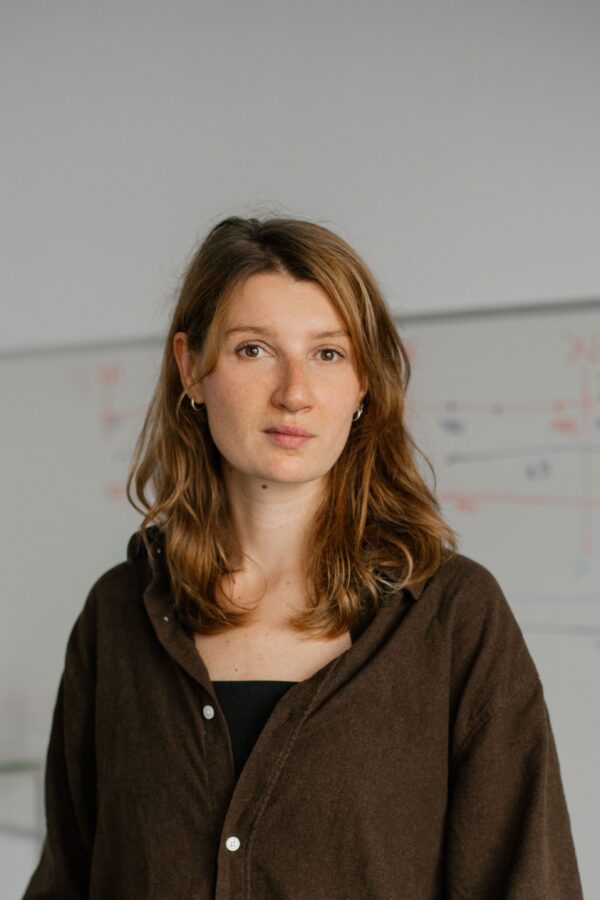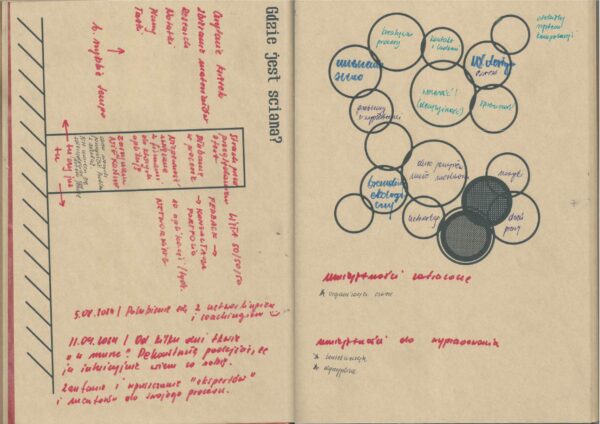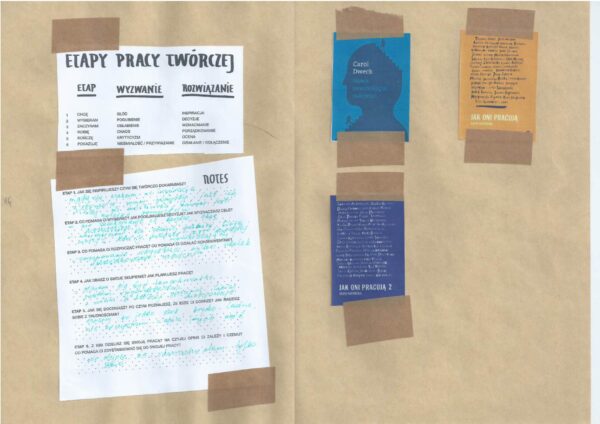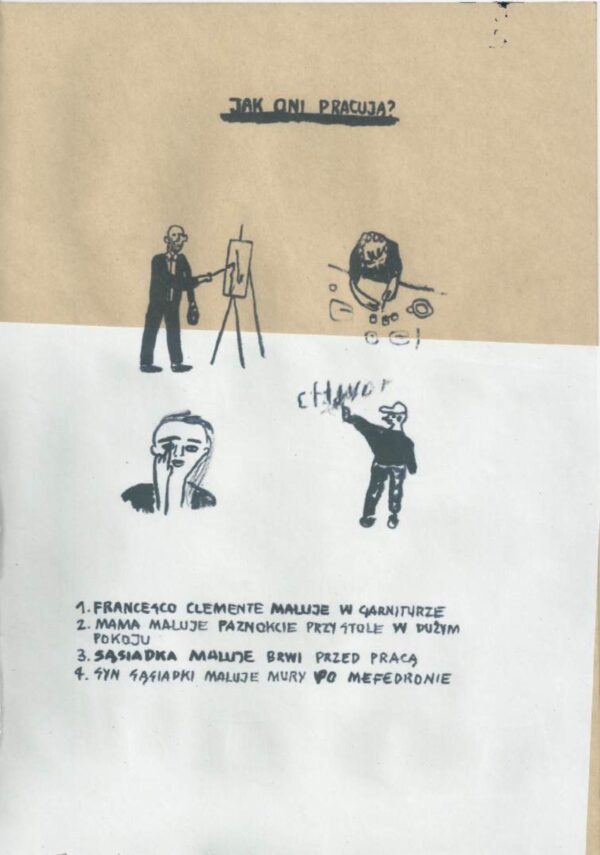Patrycja Drzazga

As I am involved in the MOST Co-operative Farm, I want to rethink my function/mission and implement it consistently. So far, my activities have been focused on the organisation’s basic needs. For some time now, I have felt a growing frustration at my inability to implement my original ideas. I struggle with confidence and have difficulty using my resources. I need help to turn ideas into action. I want to continue the process of discovering my new identity as a worker and designer with the parallel emerging identity of the organisation, so that I can reflect more thoroughly on how to create branding in a truly organic way.
I am a gardener, social activist, graphic designer and visual artist. A graduate of Industrial Design at the Warsaw School of Ecology and Management in Warsaw. I work as a graphic designer, specialising in print and film set design. I am a board member of Pracownia Dóbr Wspólnych, which runs a micro-community connecting gardeners and environmental activists. Since 2018, I have been actively co-creating the community around the Motyka and Sun community garden and the Solatorium space on the Jazdów estate in Warsaw. In 2022, we decided to take our urban gardening, environmental activism and art activities to the next level by opening an urban farm in Warsaw’s Siekierki district and formalising ourselves into the collective MOST Co-operative. I coordinate and lead many events and workshops in ecology, design and urban agriculture. I have also had the pleasure of leading a zine circle, which resulted in the publication Jazgot. I am involved in projects related to urban sovereignty and food security themes, such as AESOP4FOOD Madrid in 2022, AESOP4FOOD Montpellier in 2024 and the Biennale of the Waste Land in 2022.
Patrycja’s residency is summarised in a journal in the form of a short zine. Each Warsaw Observatory of Culture (WOK) residency has a unique dimension, and the participants’ personal accounts of their experiences reflect this diversity.
Reflections on the decision to apply for a residency
I would like to rethink my function and mission and implement it consistently. So far, my activities have been strongly focused on the basic needs of the MOST Cooperative Farm collective. This has led to frustration and a sense that my potential is misdirected.
I also recognise my difficulty in moving from ideas to implementation—this may be due to a lack of confidence and tools. I would like to continue the process of self-discovery in my new identity as a worker and designer in the environment of a parallel emerging identity of an organisation.
Challenges during the residency
The biggest challenge was the idea of consistency. I worked on not wanting to start something new, but to improve what I already had. I needed to change my approach so that I did not see my career as an adventure, but as a way to consciously set my goals and a path, choose the right tools and review them.
My takeaways from the residency
I realised that being a graphic designer, a visual artist and an activist who is a member of a collective has a lot in store for me and that it can be exciting. I understood that the key to maintaining interest in my work is to set a goal and stay on track to achieve it.


















